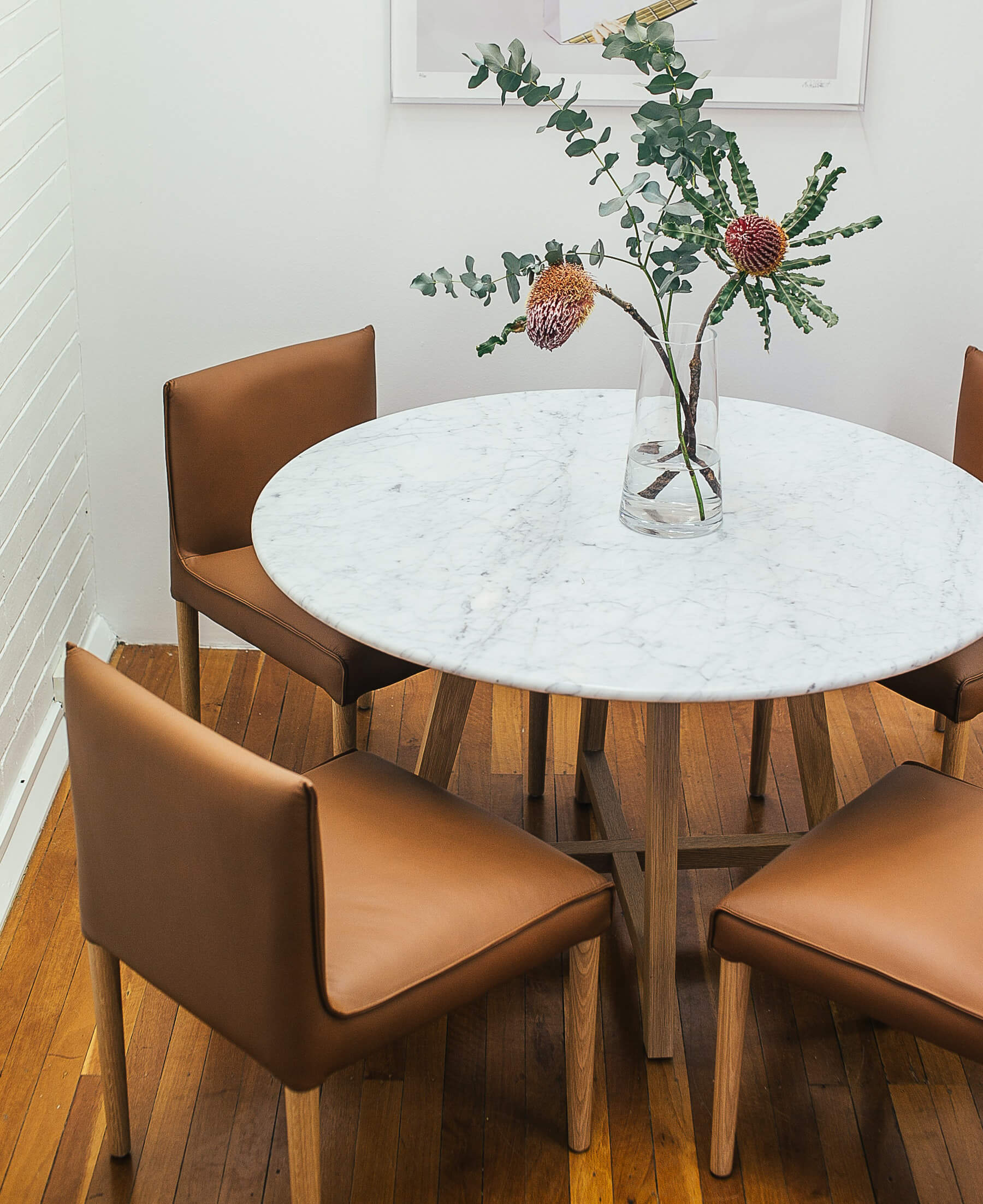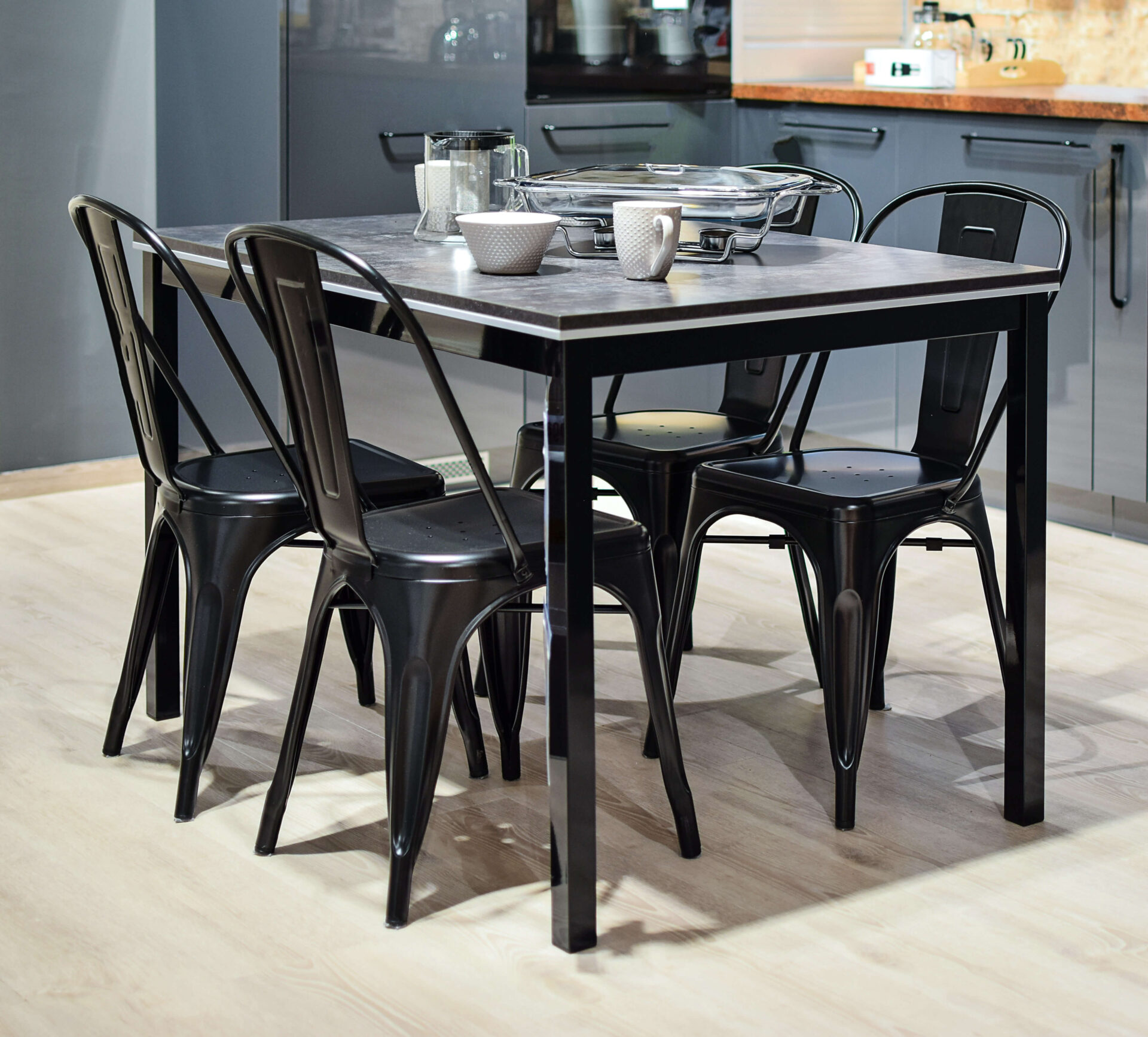Introduction
Importing furniture from China has become a popular choice for businesses and individuals looking to access a wide range of products at competitive prices. This guide will walk you through the process of importing furniture from China, highlighting both the benefits and challenges you may encounter along the way.
Why import furniture from China?
China’s Reputation: China has earned a strong reputation as a global manufacturing hub, known for its cost-effective production capabilities and extensive supply chain.
Cost Savings: One of the primary reasons to import furniture from China is the potential for significant cost savings. Chinese manufacturers can often produce furniture at a fraction of the cost compared to other countries.
Variety and Customization: China offers a vast selection of furniture styles, materials, and designs. This variety allows buyers to find furniture that suits their specific needs and preferences.
What are the benefits of importing furniture from China?
Competitive Pricing: Chinese manufacturers can provide furniture at competitive prices due to lower production costs.
High-Quality Products: Despite the lower costs, many Chinese manufacturers maintain high-quality standards, making it possible to source durable and stylish furniture.
Mass Production Capability: China’s manufacturing infrastructure allows for large-scale production, ensuring a steady supply of furniture.
What are the challenges of importing furniture from China?
Quality Assurance: Maintaining consistent quality can be a challenge, so thorough inspection and supplier vetting are essential.
Communication Barriers: Language and cultural differences may lead to misunderstandings. Effective communication is crucial.
Shipping and Customs Complexity: Navigating the shipping process, customs regulations, and import duties can be daunting.
The Process of Importing Furniture From China
1. Find a Chinese furniture supplier
Finding a Chinese furniture supplier is a critical first step in the process of importing furniture from China. To locate a reliable supplier, start by exploring various online marketplaces, attending trade shows, or considering the services of sourcing agents. Conduct thorough research to identify potential suppliers, request quotations, and assess their credibility and track record. By finding a reputable Chinese furniture supplier, you can establish a foundation for a successful importing venture, ensuring the quality and reliability of your product source.
2. Negotiate a good price
Negotiating a good price with your Chinese furniture supplier is a crucial aspect of the importing process. This involves skillfully discussing payment terms, pricing, and other conditions to secure a favorable deal. Effective negotiation can lead to cost savings and better terms for your business. It’s essential to communicate clearly, be prepared to walk away if necessary, and ensure that all agreements are documented in writing to avoid misunderstandings and maintain a mutually beneficial partnership with your supplier.
3. Negotiate payment terms
Negotiating payment terms involves discussing and agreeing upon the terms and conditions for payment, such as the method of payment, payment schedule, and any relevant fees or penalties. Negotiating favorable payment terms can help manage your cash flow and reduce financial risks associated with the import transaction. Clear communication and a well-documented agreement are essential to ensure a smooth and mutually beneficial business relationship with your supplier.
There are so many payment terms in international trade, For those who are new to business or embarking on their initial collaboration with suppliers, these are several widely accepted payment terms to consider:
- Letter of Credit (L/C): A bank-issued letter of credit guarantees payment to the supplier upon presenting specified documents, ensuring security for both parties.
- Advance Payment: The buyer pays the supplier fully or partially before producing or shipping goods.
- Telegraphic Transfer (T/T): A standard method where the buyer transfers funds directly to the supplier’s bank account after the goods are shipped or upon certain milestones.
- Documentary Collection (D/P and D/A):
– Documents against Payment (D/P): The buyer receives shipping documents and makes payment before receiving the goods.
– Documents against Acceptance (D/A): The buyer receives shipping documents and makes payment at a specified future date, usually upon accepting a bill of exchange.
If you have made stable cooperation with your supplier, of course, you can have a better choice such as Open Account, Credit Terms, etc.
4. Place an order
Placing an order is a pivotal step in the process of importing furniture from China. Once you’ve identified a reliable supplier, negotiated the terms, and ensured product quality, it’s time to formalize your agreement. This involves submitting a purchase order, specifying the quantity, type, and details of the furniture you want, along with agreed-upon terms and conditions. This formal documentation serves as a binding contract, confirming your commitment to acquiring the furniture from the supplier. Properly placing an order is essential for a smooth and efficient import process.
5. Inspect the furniture before shipping
Inspecting the furniture before shipping is a crucial quality control step in the importing process. It involves a thorough examination of the products to ensure they meet your specified standards and match the agreed-upon quality. This inspection can include checking for defects, damages, and compliance with product specifications. By conducting this assessment, you can identify and address any issues before the furniture is shipped, minimizing the risk of receiving subpar or damaged goods and maintaining the integrity of your import venture.
6. Ship the furniture to your country
Shipping the furniture to your country is the pivotal stage where your imported goods physically move from the supplier’s location in China to your destination. This step involves selecting the most suitable shipping method (e.g., sea freight, air freight) based on factors like cost, time constraints, and the type of furniture. Coordinating with a freight forwarder or logistics provider is essential for managing the transportation, ensuring the safe arrival of your furniture, and handling customs clearance and documentation. Shipping is a critical link in the supply chain that requires careful planning and execution to make your imported furniture accessible for sale or use in your country.
7. Clear customs and pay taxes/duties.
Clearing customs involves the inspection and verification of the imported goods by customs authorities in your country. During this step, customs officials ensure that the furniture complies with all applicable regulations, including safety, quality, and import duties. Proper documentation and compliance with import laws are vital to facilitate the seamless release of your furniture from customs. Clearing customs is a necessary and often complex procedure that ensures your imported goods meet all legal requirements for entry into your country.
Paying taxes and duties is a financial obligation that arises during the importation of furniture from China. These fees are typically imposed by your country’s customs authorities and are based on the assessed value of the imported furniture. Payment of taxes and duties is essential to comply with import regulations and ensure the legal entry of your goods into the country. It’s important to calculate and budget for these costs in advance to avoid delays and complications in the importation process. Paying taxes and duties is a necessary step that contributes to the successful completion of your furniture import venture while adhering to your country’s fiscal regulations.
Once you’ve finished all the earlier steps, getting your furniture from China should be easy and smooth. With meticulous planning, supplier verification, negotiation, quality control, shipping logistics, and customs clearance, all of this work should lead to your furniture arriving safely in your home country.
Tips for Importing Furniture From China
Here are some essential tips to help you navigate the process of importing furniture from China successfully:
Understand the different types of imported furniture
Furniture can be categorized based on its intended use, including home furniture, outdoor furniture, office furniture, and hospitality furniture. Additionally, furniture materials vary, with options like wood, metal, stone, and more. Understanding your niche within these categories will not only help you in your search for the right supplier but will also inform your overall market strategy. It’s worth noting that customs taxes can differ significantly depending on the type of furniture you’re importing, making this knowledge essential for your budgeting and import planning.
Get everything in writing
Ensure all agreements with your supplier are documented in writing. This includes the price, payment terms, delivery schedule, and any other specific terms and conditions. Having a written record protects both parties and minimizes misunderstandings.
Inspect the furniture carefully before shipping
Quality control plays a vital role in the import process. It’s essential to ensure the furniture meets your standards. Here’s how to go about it:
- Request Pre-Production Samples or Visit the Supplier’s Factory: Before large-scale production begins, consider requesting pre-production samples to assess the furniture’s quality. If feasible, visiting the supplier’s factory in person can provide valuable insights into their production processes.
- Ask for Visual Proof: Request photos or videos that showcase thorough inspections. This visual documentation helps you spot any defects, damages, or deviations from the agreed specifications.
- Consider Professional Inspection Companies: For added assurance, you can enlist the services of professional inspection companies based in China. While this may incur extra costs, their expertise can ensure the furniture meets your exact requirements and quality standards.
Hiring a reputable freight forwarder
A reputable freight forwarder experienced in international shipping and customs clearance, can help streamline logistics, manage documentation, and navigate customs procedures, ensuring a smoother importing process.
Be Aware of Import Licenses and Permits
Research and identify any import licenses or permits that may be required by your country’s customs authorities. Compliance with these legal requirements is essential to avoid delays or issues with customs clearance.
Conclusion
Importing furniture from China can indeed be a rewarding endeavor, offering a combination of affordability and quality. However, it requires careful planning, diligent research, and a commitment to quality assurance. By following the tips outlined in this guide and staying informed about the ever-changing regulations and market dynamics, you can increase your chances of successfully importing furniture from China and enjoying the benefits it offers.






